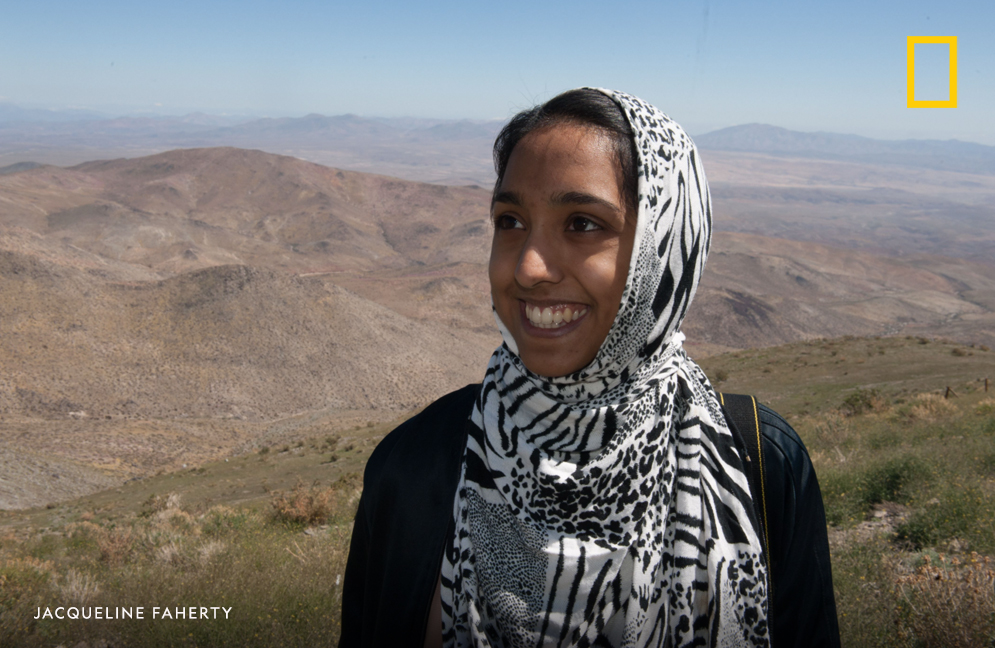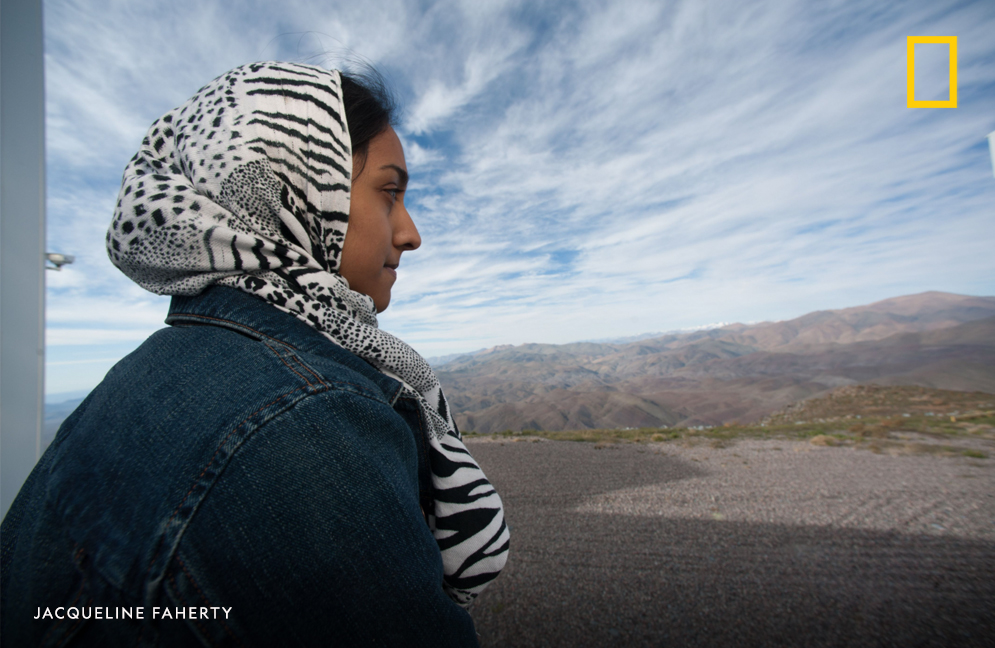
Happy #APAHM! Today we're hearing from astronomer Munazza Alam about her work, contemplating the cosmos, and inspiring young people in STEM! on.natgeo.com/3bXij4W 

QUESTION 1: How did you become interested in astrophysics and astronomy, and what inspired you to pursue this career path?
ANSWER 1: My wonderful high school physics teacher inspired me to major in physics in college, which is where I fell into astronomy. A college scheduling advisor... on.natgeo.com/3uAxnfj
...connected me with an astronomy professor running an astrophysics research group, and those experiences solidified my intent to pursue astronomy long-term.
QUESTION 2: What advice would you give to anyone who wants to work as an astronomer? on.natgeo.com/3frtGnH
ANSWER 2: Always ask questions (even if you think they are obvious ones!), believe in your skills and abilities, and cultivate your mentoring network! Intentionally seek out mentors early on from among your peers and more senior folks who can support you in various capacities. 

QUESTION 3: What advice would you have given yourself at the beginning of your career?
ANSWER 3: "This is a marathon, not a sprint" is an adage my thesis advisor reminded me of throughout graduate school, and it has definitely been one of the most helpful pieces of advice I’ve received. on.natgeo.com/3fQFezH
QUESTION 4: What is something you wish more folks knew about the kind of research that you conduct?
ANSWER 4: I have found that there is a misconception that observational astronomers spend all of their time at telescopes, staying up all night making observations. Although I sometimes travel to observatories...
...to collect data, I spend most of my time writing computer programs to process the data in order to see what we can learn from those observations.
QUESTION 5: What do you love about your work and what has been challenging about it?
ANSWER 5: I love that my work provides opportunities for outreach, especially with young students who are interested in STEM and research. It can be challenging... 

...to remember that a non-result is still a result—even if our data don’t reveal anything conclusive, it’s still useful. It’s important to “keep on keeping on” in research!
QUESTION 6: What does Asian Pacific American Heritage month mean to you?
ANSWER 6: #APAHM reminds me of the value my intersectional identities bring to the astronomy community. I’m so lucky to have colleagues & collaborators who support my research & my whole self. It reiterates my aim to support, uplift & mentor others w/ similar identities in STEM.
• • •
Missing some Tweet in this thread? You can try to
force a refresh









